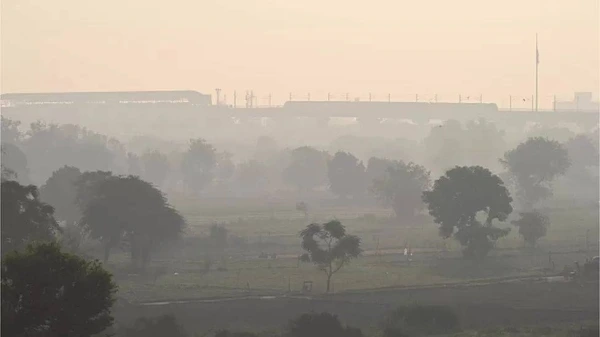Delhi is one of the world’s most polluted cities through the year.
But its air turns especially toxic in winter due to various factors, including burning of crop remains by farmers, low wind speeds and bursting of firecrackers during festivals.
The polluted air causes severe health issues to Delhi residents every year.
On Monday, the level of PM 2.5 – fine particulate matter that can clog lungs and cause a host of diseases – was 306 in the city, according to government data.
Levels between 101 and 200 are considered moderate while those between 201 and 300 are categorised poor. Anything over 300 is categorised as “very poor” and a figure higher than 500 is considered “severe”.
VK Soni, a scientist at India’s weather department, said the air quality was expected to remain in the “very poor” category for the next few days.
Residents too have been complaining about the smog in the city, especially in the mornings.
“I think pollution levels have been rising in Delhi for the past 10-12 days. We can feel it in our eyes,” a cyclist told news agency ANI.
Some residents said these were the early days in Delhi’s pollution cycle and “the worst was yet to come”.
Environment Minister Gopal Rai said that the second phase of a Graded Response Action Plan (GRAP) has been implemented to combat the effect of increased pollution.


Leave a Reply